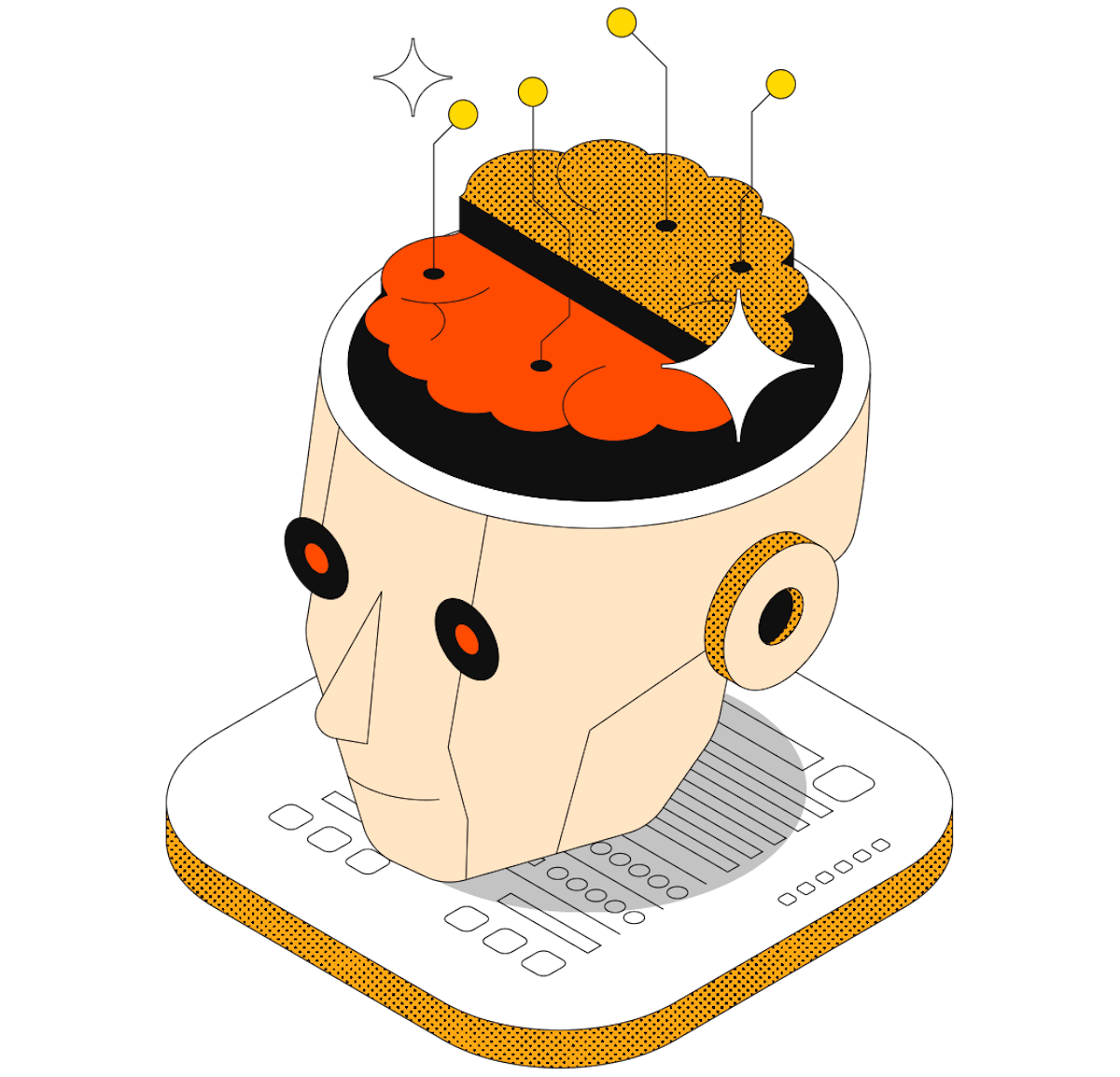The recent developments in Artificial Intelligence have been nothing less than jaw dropping. Large language models (LLMs) like OpenAI’s ChatGPT can handle complex questions and prompts and produce incredibly human-like responses. But aside from merely conversing, they can generate entirely new works, such as press releases, poems, songs, and even code.
We are currently in the middle of an explosion of new applications of this technology, with new features and startups being launched every day. And while I can get swept away by a good demo as much as the next person, I wonder how society will come to view AI-generated content once it is prolific. The analogy I keep coming back to in my mind: the Segway."As big a deal as the PC.” - Steve Jobs, commenting on the Segway in 2001
Photo by Ajit Sandhu on Unsplash
Another force in the death of the Segway was that it was seen as uncool. While eventually it become associated with helmet-wearing tourists and mall cops, even in the early days it wasn’t able to cross over from a curiosity to a “must have” item.

















